If you want to know about the types of concrete and its uses or specifications in architecture work or types of footing please click the link.
There are several materials that are commonly used in architecture, each with their own unique properties and applications.
1) Materials
- Ferrous and Non-Ferrous Metals
- Polymeric Materials
- Glass
- Ceramic and
- Clay Products
2) Ferrous and non-ferrous metals

i) Ferrous metals
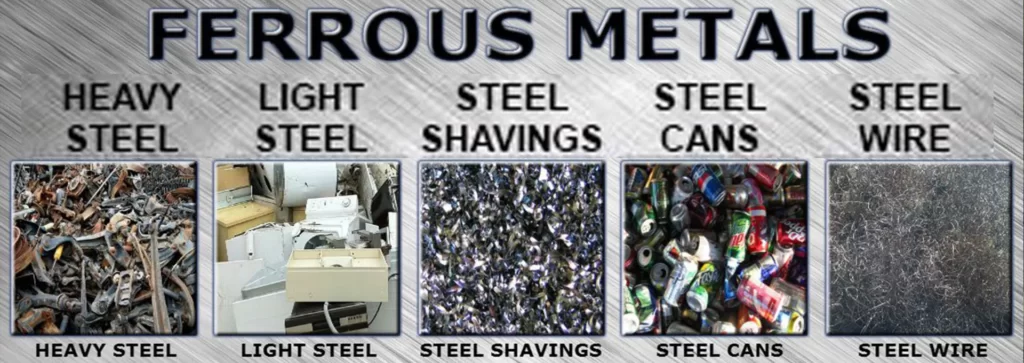
Ferrous metals are very durable. They are used in large, high-burden bridges, skyscrapers, the railroad system and immense sections of durable pipeline.
- Steel: Iron plus carbon; widely used in construction and industrial metal fabrication
- Carbon steel: Even higher carbon content added to iron; exceptionally hard metal
- Stainless steel: An alloy steel made with added chromium which protects against rust
- Other alloy steels: Lightweight metals such as chromium, nickel, titanium added to strengthen other metals without adding weight
- Cast iron: Iron, carbon, silicon; heavy, hard metal that is resistant to wear
ii) Non-ferrous metals

Examples of Non-ferrous metals are: Aluminium, aluminium alloys, and copper, which are often used in industrial applications such as gutters, roofing, pipes, and electrical.
- Aluminium: Lightweight, low-strength, easily shaped
- Copper: Highly malleable with high electrical conductivity
- Lead: Heavy, soft, malleable metal; low melting point, low strength
- Tin: Soft, malleable, low tensile strength metal often used to coat steel to prevent corrosion
- Zinc: medium-strength metal with low melting point widely used in galvanizing to prevent rust on iron or steel.
3) Polymeric Materials
- In basic terms, polymers are very long molecules typically made up of many thousands of repeat units.
- They include plastics, rubbers, thermoplastic elastomers, adhesives, foams, paints and sealants.
- Ease of fabrication frequently makes it possible to produce finished items very economically.
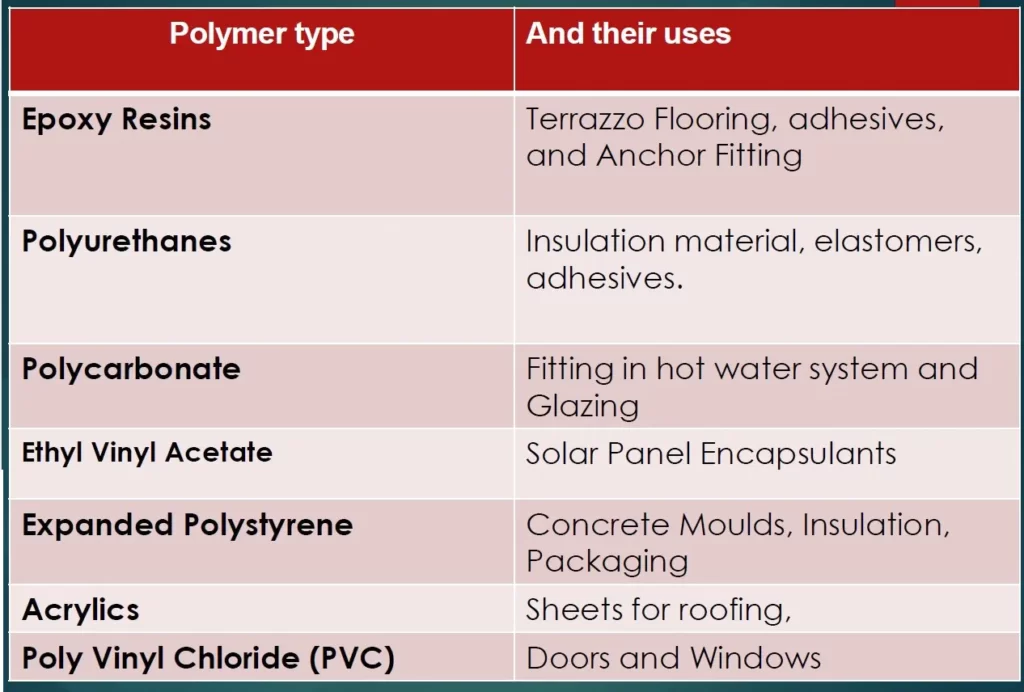

i) Polymer Application
- Sometimes polymer fibers are added to the cement mortar. This prevents appearing of cracks on the surface and also increases durability.
- Polymer mesh is fixed with nails near corners of wall, beam/column – brick masonry junctions. This prevents crack that appears at the junctions n wall corner.
- PVC and CPVC pipes which are used in plumbing are also a type of polymer only.
- Well established applications of polymers in construction include areas such as: Flooring, Windows, Cladding, Rainwater pipes membranes, Seals, Glazing, Insulation and Signage
More examples of polymer materials in construction applications
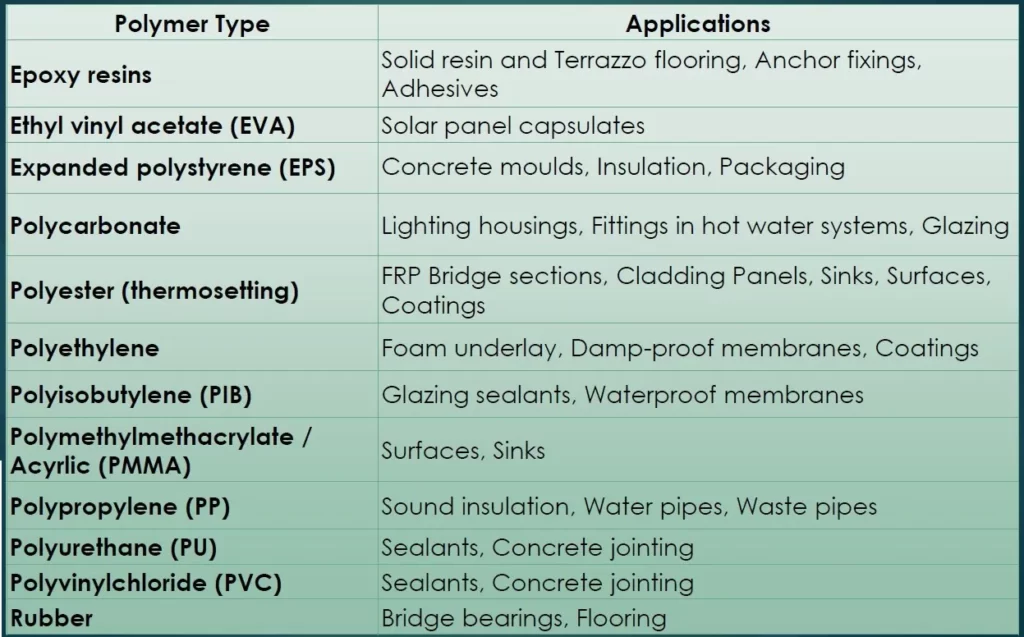
ii) Properties of polymer
The construction and building industry faces major challenges, and polymeric materials provide cost effective solutions to many of these including:
- Resolve the common defects in construction such as seepage, chemical and environmental erosion and corrosion, floor pits, sagging, blistering, warpage, etc.
- Production of energy efficient materials and components
- Minimize the cost of construction
- Make the building structure portable
- Improve the thermal and sound insulation of the building structure
- Use environmentally friendly building materials
- Reinforce historical structures and monuments.
4) GLASS
- The main uses of glass in buildings : facades and windows.
- Light, comfort, well-being, style, safety and security, and sustainability are among the benefits of today’s high-performing windows and glass building facades.
- The ability to control heat, light, and sound transmission to a high degree enables architects to design buildings that have a greatly reduced impact on the environment and dwellings that are quiet, comfortable and safe.
- Glass also finds application in interior decoration and furniture.
5) Types of glass
- Float glass
- Shatterproof glass
- Laminated glass
- Extra clean glass
- Chromatic glass
- Tinted glass
- Toughened glass
- Glass blocks
- Glass wool
- Insulated glazed units
i) Float glass
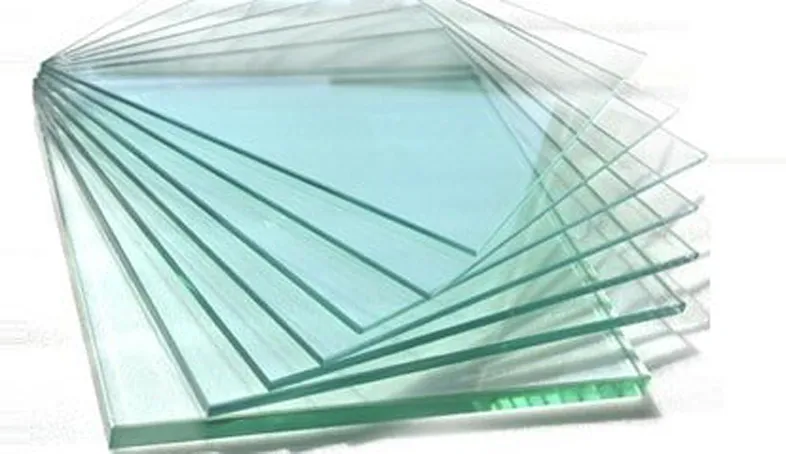
- Float glass is made of sodium silicate and calcium silicate so, it is also called as soda lime glass.
- It is clear and flat so, it causes glare.
- These glasses are available from 2mm to 20mm thickness ranges.
- These are used as shop fronts, public places etc.
ii) Shatterproof Glass
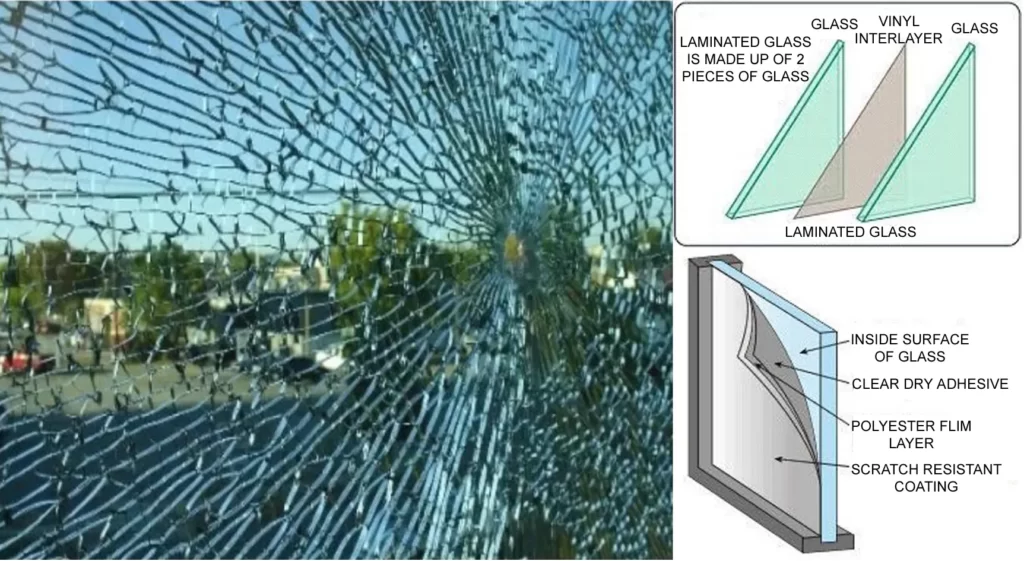
- Shatterproof glass is used for windows, skylights, floors, vehicles etc.
- A type of plastic polyvinyl butyral is added in its making process. So, it cannot form sharp edged pieces when it breaks.
iii) Laminated Glass
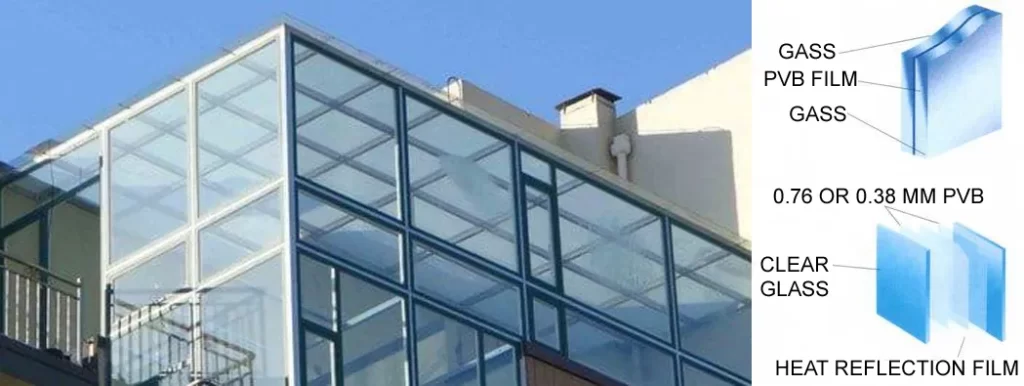
- Laminated glass is the combination of layers of normal glass.
- So, it has more weight than normal glass.
- It has more thickness and is UV proof and soundproof.
- These are used for aquariums, bridges etc.
iv) Extra Clean Glass
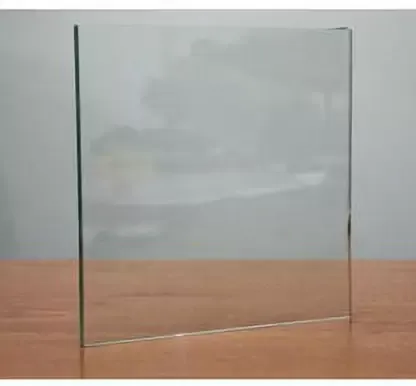
- Extra clean glass has two special properties, photo catalytic and hydrophilic.
- Because of these properties, it acts as stain proof and gives beautiful appearance.
- Maintenance is also easy.
v) Chromatic Glass
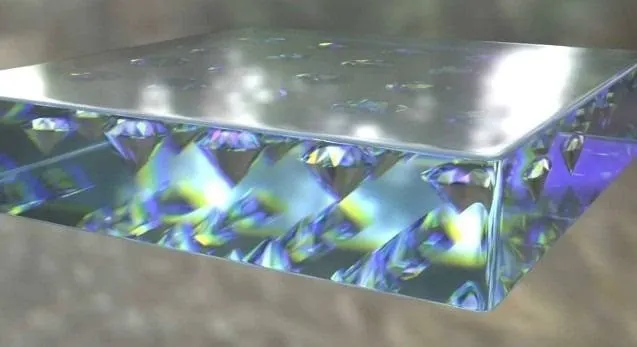
- Chromatic glass is used in ICU’s, meeting rooms etc.
- it can control the transparent efficiency of glass and protects the interior from daylight.
- The chromatic glass may be photochromic which has light sensitive lamination, thermos-chromatic which has heat sensitive lamination and electro chromic which has electric lamination over it.

vi) Toughened Glass
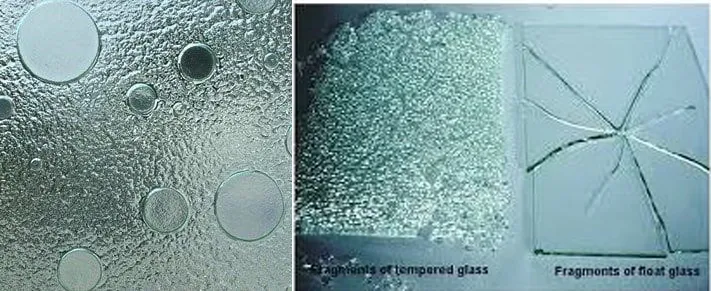
- Toughened glass is strong glass which has low visibility.
- It is available in all thicknesses and when it is broken it forms small granular chunks.
- This is also called as tempered glass.
- This type of glass is used for fire resistant doors, mobile screen protectors etc.
vii) Glass Blocks
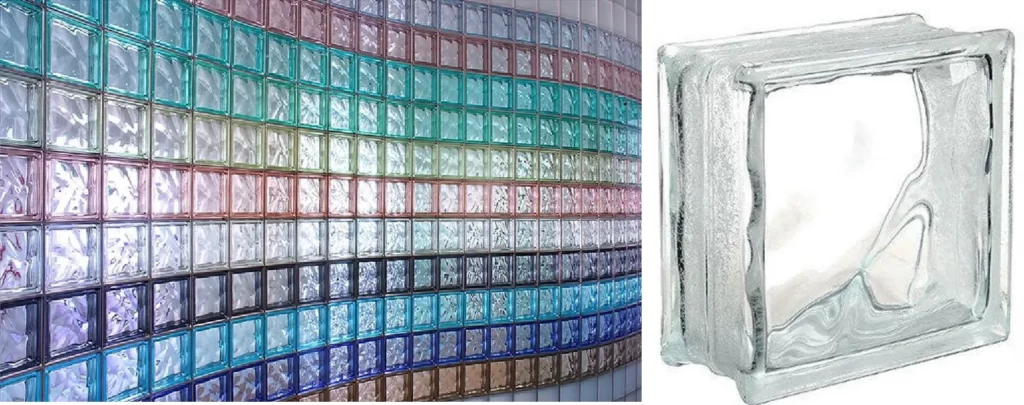
- Glass block or glass bricks are manufactured from two different halves and they are pressed and annealed together while melting process of glass.
- These are used as architectural purpose in the construction of walls, skylights etc.
- They provide aesthetic appearance when light is passed through it.
viii) Glass Wool
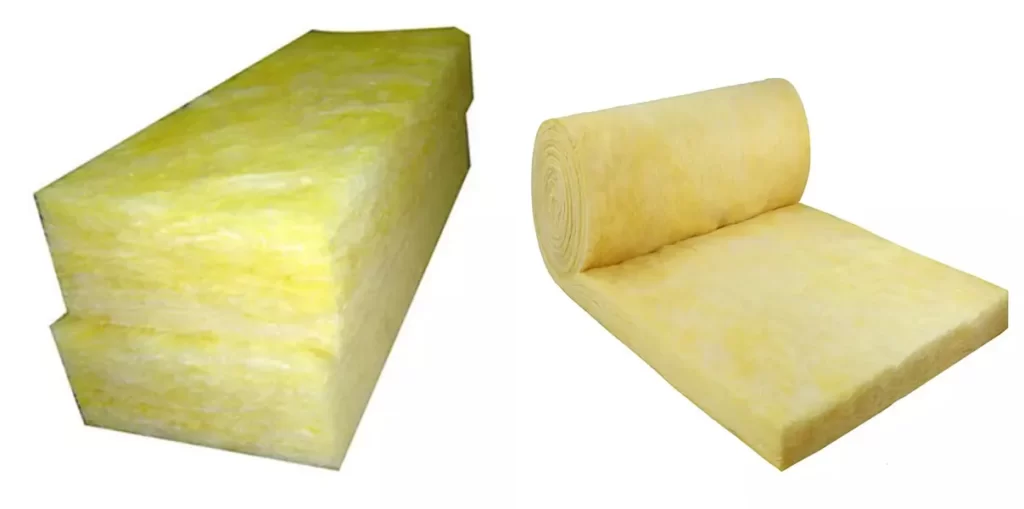
- Glass wool is made of fibers of glass and acts as good insulating filler.
- It is fire resistant glass
ix) Insulated Glazed Units
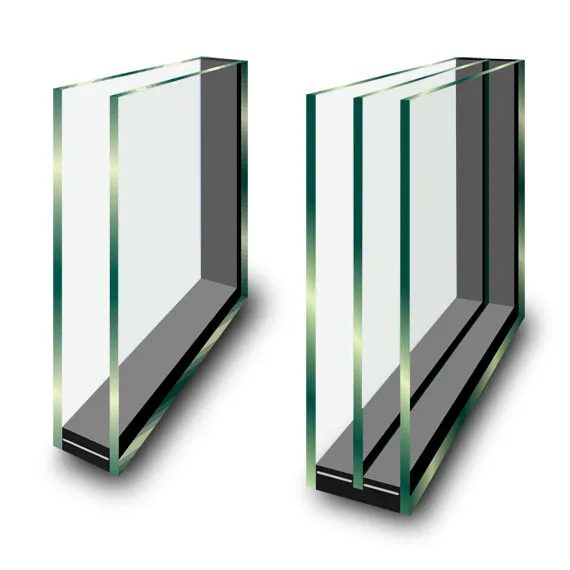
- A glass is separated into two or three layers by air or vacuum.
- They cannot allow heat through it because of air between the layers and acts as good insulators.
- These are also called as double glazed units.
x) Tinted Glass
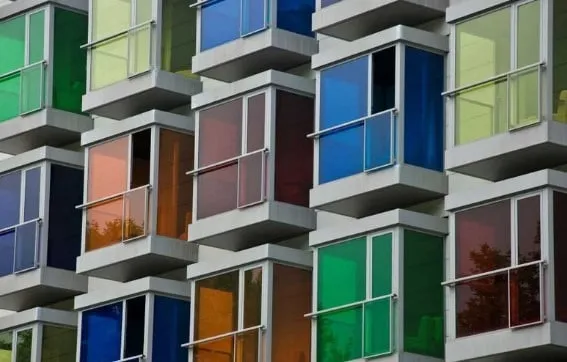
- Tinted glass is nothing but colored glass.
- A color producing ingredients is mixed to the normal glass mix to produce colored glass which does not affect other properties of glass.
Different colour producing ingredients are tabulated below
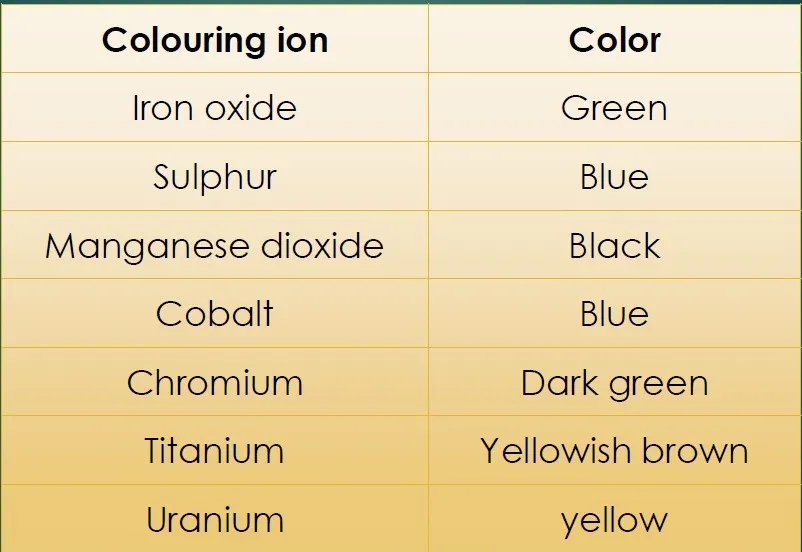
6) Ceramics
- Ceramics are a material often used in construction, made from a mixture of minerals, typically silica sand, with a clay binder and some impurities, and up to 30% water.
- They are fired at a higher temperature than bricks, so that the silica re-crystallises to form a glassy material that has greater density, strength, hardness, resistance to chemicals and frost and a greater dimensional stability
7) Types of ceramics
i) Fire clays and shales
- These products include ordinary bricks, clay roof tiles, flooring quarries and pavers.
ii) Terra-cotta
- This is literally ‘burnt earth’. It is made from yellow to brownish-red clays with a uniformity and fineness between brick and vitrified wall tiles.
- Terra-cotta is often used for unglazed chimneypots, air bricks, copings and planters.
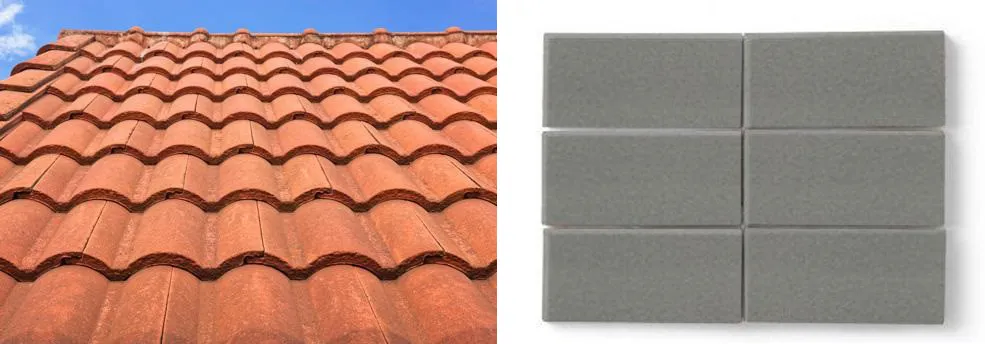
iii) Faience
- This is a glazed form of terra-cotta or stoneware.
iv) Fireclay
- This contains a high proportion of clay resistant to high temperatures (kaolin).
- It is used for chimney flue linings and fire backs.
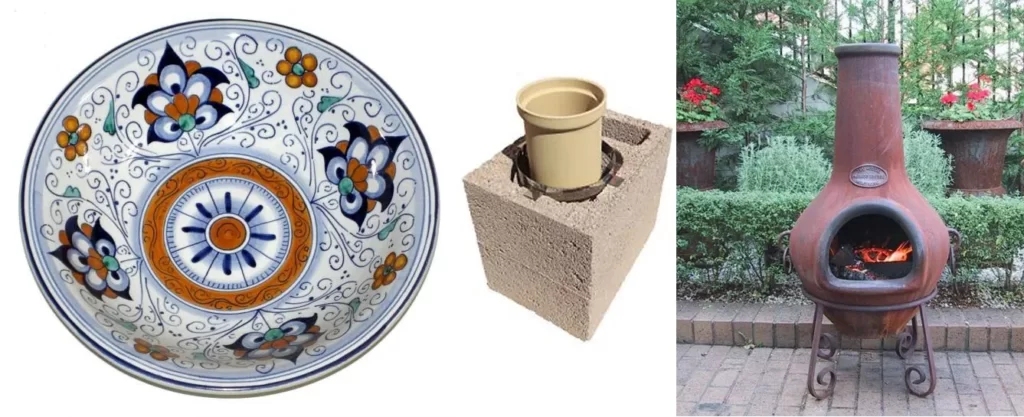
v) Stoneware
- This is similar in composition to fireclay, but is fired at a higher temperature than fireclay and contains a higher proportion of glass.
- As a result it is harder and less absorbent.
vi) Porcelain
- Porcelain is very similar to vitreous china, but is often made from purer materials under more strictly controlled conditions.
- It is used for special uses, such as electrical insulators.

vii) Earthenware
- Used as the body for glazed wall tiles and table ‘china’.
- Water absorption may be up to 15%, however, making it less suitable for sanitary ware than vitreous china.
viii) Vitreous china
- This has a higher glass content than earthenware, and its water absorption is only about 0.5%, which makes it suitable for sanitary fittings.
- It is stronger than earthenware.

8) Clay products
- Brick – Brick is extensively used in the construction of the external and internal walls of the building where they are joined with cement plaster.
- Terracotta – It is used as a roofing material and external natural tile cladding material to create the feel of exposed brick work.
- Hollow Block Tile – These tiles are used to create the external walls of the building and are very good insulators of sound and heat.
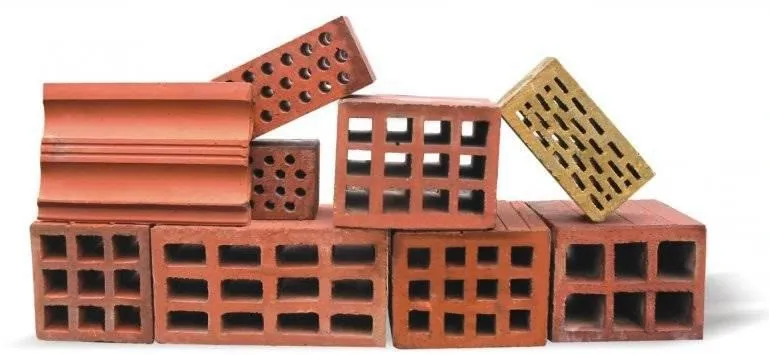
- Paver Blocks – These Blocks are used in driveways and landscaped gardens. They are light in weight, strong and are usually in the form of interlocking tiles.
- Brick Glazed Tile – Glazed brick tiles are used as an external cladding material so as to give the look of exposed brick work. The surface is glazed so as to give a nice shine to the cladding.
- Roofing Material – Clay is used as roofing material in many houses having sloped roofs. This prevents the entry of water into the interiors. It is mainly used in areas having heavy rainfall.

Some of the most popular materials and their uses include
- Concrete: Concrete is a versatile and durable material that can be used for everything from foundations and walls to floors and decorative elements. Its strength and stability make it ideal for high-rise buildings and other large structures.
- Wood: Wood is a renewable and natural material that has been used in construction for centuries. It is lightweight, easy to work with, and has good insulation properties. It is often used for framing, flooring, and decorative features.
- Steel: Steel is a strong and durable material that is commonly used for structural support in buildings. It is often used in high-rise buildings, bridges, and other large-scale structures.
- Glass: Glass is a versatile material that can be used for everything from windows and doors to skylights and decorative elements. It allows natural light to enter buildings and creates a sense of openness and transparency.
- Brick: Brick is a classic building material that is known for its durability and resistance to fire and weather. It is commonly used for exterior walls, chimneys, and decorative features.
- Stone: Stone is a natural and durable material that can be used for everything from walls and floors to decorative elements. It adds a sense of elegance and permanence to buildings.
- Plastics: Plastics are lightweight and durable materials that are often used for exterior cladding and roofing. They are available in a wide range of colors and textures, making them a popular choice for modern buildings.
Overall, the choice of materials in architecture depends on a variety of factors, including the building’s purpose, location, and budget. Architects must carefully consider the properties and applications of each material to ensure that the building is safe, functional, and aesthetically pleasing.